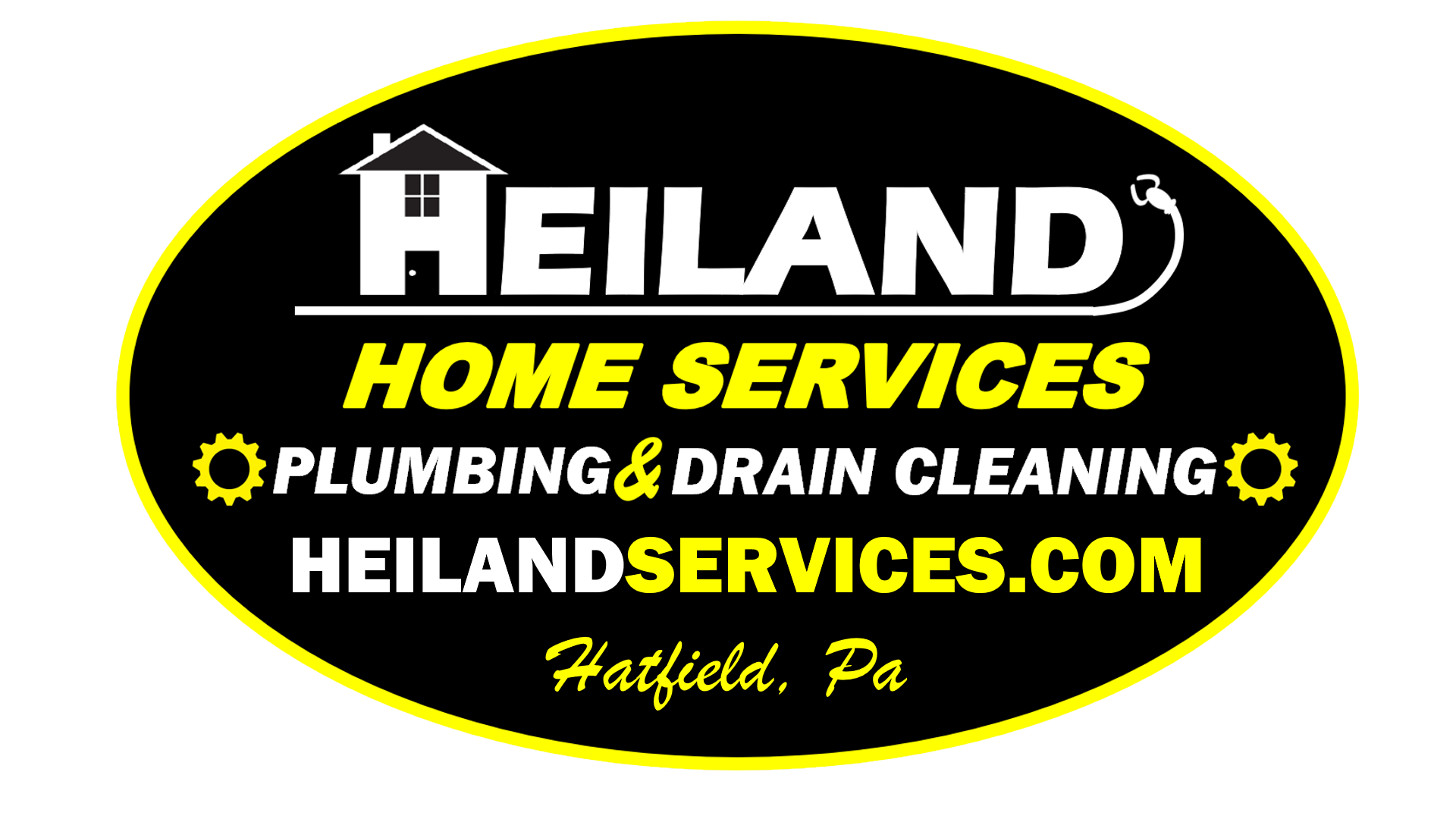If you’ve ever played any of the 200+ games in the Mario franchise, you’re aware of the significant role that pipes play in the Mushroom Kingdom. Different pipes play different roles, but they’re all critical to the success of Nintendo’s iconic mascot.
Your home is, in some ways, like your own personal kingdom (though hopefully, one in which you don’t have to worry about Bob-Ombs or Goombas!). Like in the Mario world, pipes play a crucial role in any residential plumbing system — but do you know what these real-world pipes are for? Or the differences between them?
In this article, we’ll take a closer look at the different types of pipes you might find in a typical residential home and what they’re most often used for. Armed with this newfound knowledge, you’ll be better equipped to address household plumbing issues — or at least impress your “Princess Peach!”
PVC Pipes
PVC pipes (polyvinyl chloride for the scientists among us) are a popular choice for residential plumbing due to their affordability, durability, and versatility. In its most common form, PVC has a trademark white, hard, plastic-like exterior and is a great choice for residential plumbing because it is not at risk of corroding, rusting, or degrading over time. PVC can be expected to last 50-100+ years, and its longevity is increased if not exposed to the sun or harsh temperatures. While PVC pipe colors are not regulated for specific uses, you do sometimes see other colors, like green PVC, which is often used specifically for sewage. Commonly used for water supply, drain, waste, and vent applications, a quick look around your home will probably find a good deal of PVC.
Copper Pipes
Copper (That’s “copper,” not “Koopa,” as in Koopa Troopa) pipes are another popular choice for residential plumbing. Copper pipes began being used in the 1930s but really took off in the 1960s. A good choice for water supply lines, copper pipes are nontoxic, antimicrobial, rustproof, corrosion-resistant, and ductile (able to be bent and formed without causing fracture, which makes them easy to install in tight spaces). So what color are copper pipes? Copper, of course! The first recorded usage of “copper” as a color name in English was in 1954, and you’ll recognize these pipes in your home by their reddish-brown pigment, similar to that of a penny.
Lead Pipes
According to Bob Vila, “Nearly all homes built before the 1986 Safe Drinking Water Act have either lead pipes or lead solder in the plumbing systems.” Unfortunately, when lead pipes were in heavy production and use, their adverse health effects were unknown. Today, we know that even low levels of lead can cause serious health problems: increased blood pressure, decreased kidney function, reproductive problems, and hyperactivity in children are just a few of the dangerous results of lead exposure.
A quick test to determine if your home’s pipes are lead is to use the flat edge of a screwdriver to scrape the pipe and examine the results. If the scraped metal is soft and shiny, they are most likely lead. However, this basic test certainly isn’t thorough and doesn’t rule out the possibility that lead solder was used. If you have an older house and are concerned about the possibility of lead in your plumbing system, having your water tested is highly advisable. Switching to bottled water, point-of-use filters, or even completely replacing your home’s pipe system may be in order. You want to avoid lead pipes like you would Bowser or Wario!
Galvanized Steel Pipes
Galvanized steel pipes were once a common choice for residential plumbing, but they’re now primarily considered outdated due to their tendency to rust and corrode. Mainly used for water supply and sewage applications, galvanized steel pipes are thick, heavy, and difficult to work with. New galvanized pipes are nickel in color, but age causes them to appear much duller, and they can appear lighter or darker, depending on the environment they were exposed to. The main concern with galvanized piping is the tendency of their coating to break down over time, which can lead to internal rusting, causing low water pressure and line clogs.
PEX (Cross-linked Polyethylene) Pipes
PEX pipes are a newer type of plastic piping that has become increasingly popular in residential plumbing due to their flexibility, ease of installation, and resistance to freezing. Available in sizes ranging from 3/8” to 1” in diameter, PEX pipes are commonly used for hot and cold water distribution. PEX piping is conveniently color-coded — red for hot and blue for cold — and is joined together with one of five connection methods: crimp, clamp, push-to-connect, expansion, and expansion with compression fitting systems. As of 2021, PEX piping is estimated to be used in more than 60% of new construction residential water supply systems. (Which is approximately the same percentage of Americans that regularly play video games! 66% in 2022, according to the Entertainment Software Association.)
Cast Iron Pipes
Cast iron pipes are commonly found in older homes and are known for their durability and longevity. Believe it or not, the oldest known cast iron water pipes distributed water throughout the gardens of the Chateau de Versailles in France and date as far back as the 17th century! If you’ve ever lifted something made of cast iron, you know it can be heavy and difficult to work with. Don’t think that cast iron has faded into antiquity, though! Cast iron pipes are still available, though primarily only used for repairs, and the primary place you might find them in your home is for the transmission of wastewater or sewage.
Black in finish, cast iron pipes are easily recognizable by the bulges, or “hubs,” at the end of each pipe where the adjacent pipe fits into it (Similar to the bulge at the end of the “warp pipes” scattered throughout the Mushroom Kingdom!). The most common location where cast iron piping could be found in modern-day housing would be as a sewer pipe connecting your house to your septic tank, as a standpipe behind your washing machine, or in the attic as a vent pipe through the roof.
Let Heiland Home Services Come to Your Rescue!
At this point, hopefully, you are able to make a more informed analysis of your home’s plumbing, and knowing is half the battle! Each type of pipe has its own unique benefits and drawbacks, and the right choices in maintenance will depend on a variety of factors, including your specific application, budget, and local building codes. In the Mario universe, different types of pipes add depth and variety to the gameplay of the franchise and play an essential role in the overall world-building of the games. Likewise, in your home, different pipes play different roles in keeping your home’s plumbing system in tip-top shape.
In the same way that Mario needs to navigate various obstacles and enemies to save the princess, choosing the right type of pipe or diagnosing an issue with the pipes in your home can be quite a challenge. Don’t worry, though! Whether you’re working on a new construction project or updating your home’s existing plumbing system, contacting Heiland Home Services is like finding a helpful power-up mushroom in your time of need!
We are friendly and knowledgeable plumbers who aim to ensure you make the right choice for your home — or castle! Contact us today!


